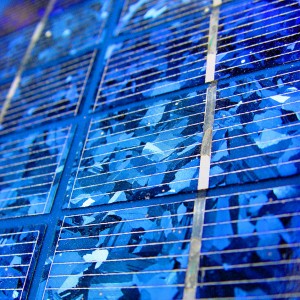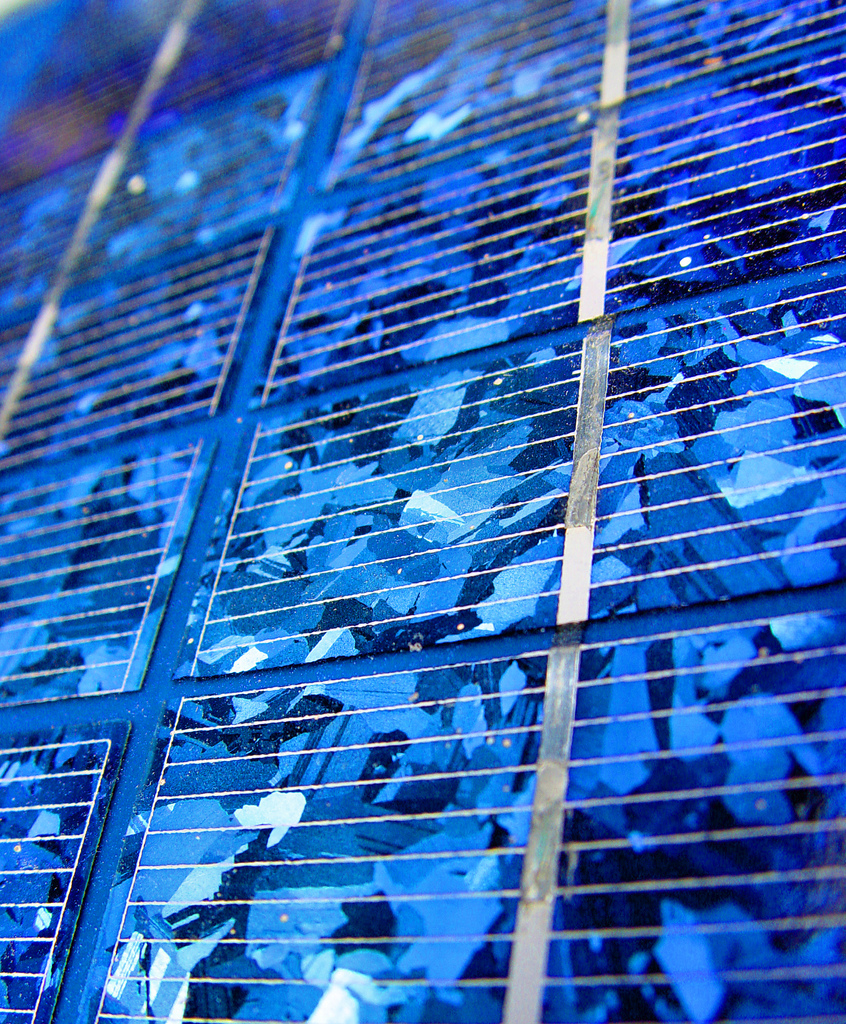Researchers at the University of Connecticut have developed a technology that could make solar panels twice as efficient and cheaper to manufacture. Professor Challa V. Kumar and his team from the Institute of Materials Science have developed a solar gel like substance that increases light absorption in current solar PV cells.
He explained that as the Earth receives more sunlight in a day that the entire world population uses in a year, there is much more potential to capture energy than what is already being done.
The problem is finding a way to capture this energy and also store it remains a challenge for scientists and the renewable energy industry, particularly with the deeply ingrained global fossil fuel economy.
Kumar said that “most of the light from the sun is emitted over a very broad window of wavelengths… [meaning] if you want to use solar energy to produce electric current, you want to harvest as much of that spectrum as possible”.
Presenting his findings at the National Meeting & Exposition of the American Chemical Society this year, Kumar received very positive feedback from the scientific community.
The Limitations of Silicon PV Cells
Kumar and his team were driven by the limitations of current solar PV technology, as the most commonly used PV cells aren’t able to capture all parts of the light spectrum.
Silicon photovoltaic cells are limited to absorbing direct sunlight, only using photons with the correct amount of energy.
This is where Kumar’s idea to use the process of “artificial photosynthesis” in the development of his antenna, a technology that collects unused blue photons that can be converted into an electrical current.
The team was inspired by the process of photosynthesis in plants, as they are able to convert every level of light into energy. They used biodegradable materials to collect light, including cow blood, fatty acid from coconuts and organic dyes – the majority of which are waste products recycled from industries.
Unlike silicon cells, the mixture of substances that makes up the solar gel is able to absorb unused photons in the solar process and convert them to additional energy, increasing the power output of the cell.
Kumar pointed out that this technology is doesn’t have to replace current PV solar panels, it actually compliments current technology perfectly by bridging a gap in the energy harvesting process.
“This process is great for coating solar cells’ light-emitting diodes, which mostly emit in the blue region” explained Kumar, meaning that their technology will easily integrate in the current manufacturing process of solar panels.
Kumar and his team hope that the adaptability of their technology will mean increasing efficiency and lower costs of current systems in the very near future.
Recycled, Edible and Less Expensive
Due to the use of waste products and a focus on recycling, the solar gel is easy to make and relatively inexpensive compared to silicon PV cells, however the technology does need to undergo further testing in terms of durability and stability when incorporated with regular cells on a large scale.
The project has received added attention due to its use of entirely non-toxic, even edible substances.
“Take an edible protein and mix it up with edible fatty acid from coconut and warm it up to form a gel” said Kumar, explaining what is the relatively simple process of his technology.
Despite the everyday substances he is using, Kumar’s research is ground breaking both in its potential for solar efficiency, and in its use of waste products from wasteful and polluting global industries.
The technology really does have a two-fold impact on progressing sustainable practices around the world.
Photo courtesy of Scott Robinson.

